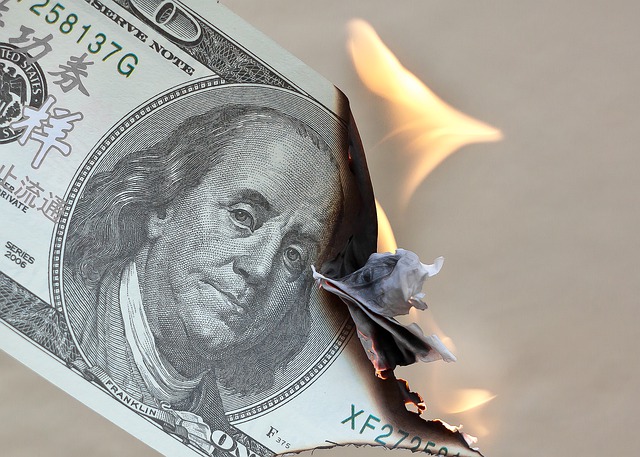A few weeks ago, China weakened its currency, the Yuan, which offset the impact of any tariffs the U.S. had imposed on the country.
In response, President Trump vocalized his thoughts about the currency manipulation on Twitter:
“Based on the historic currency manipulation by China, it is now even more obvious to everyone that Americans are not paying for the tariffs – they are being paid for compliments of China, and the U.S. is taking in tens of Billions of Dollars! China has always used currency manipulation to steal our businesses and factories, hurt our jobs, depress our workers’ wages and harm our farmers’ prices. Not anymore!”
But according to U.S. Chamber of Commerce Vice President John Murphy, the issue is more complicated.
“China does not have a freely floating currency,” Murphy said. “China has a very tightly managed currency. They use their dial, or knob, of money supply to target the exchange rate. And they can do that because they don’t have an open capital account. Money doesn’t flow in and out of China freely the way it does out of the U.S. and other economies. China, 20 years ago, was using those powers to keep their currency undervalued. But over most of the past decade, China has not done that. In fact, the Chinese currency has been – under most estimates – fairly valued.”
Just days after his initial comments about China’s currency manipulation, President Trump published a series of tweets, which vocalized his own support for a weaker U.S. currency.
The president is correct that a weaker dollar would translate to stronger purchasing power for those abroad. In other words, exports would be less expensive for foreign buyers, meaning domestic companies – like those that he referenced – could ship more goods overseas. In many ways, this could help stimulate the economy.
However, a weaker dollar simultaneously reduces purchasing power for American citizens. Domestic and foreign goods would become more expensive for consumers, which could potentially offset any economic boons from increased exports.
Determining the strength of each opposing force is impossible, explains Murphy. But in any case, he says the Fed should never manipulate the dollar for economic reinforcement.
“Monetary policy is the domain of the Fed, and under U.S. Law, the Fed is independent, and it has different tools like interest rates, it can set reserve requirements of banks, the Fed does not target the exchange rate, the Fed does not intervene in foreign exchange markets – although I suppose it could,” Murphy said. “All of those are the same thing. The Fed, using all of those tools, is using one big tool – turning one big knob – which is the money supply. Under the law, as set by Congress, the Feds’ mandate is to seek price stability and, secondarily, full employment. If the Fed can go towards easier monetary policy to boost employment without compromising price stability, it absolutely will do that.”
Legally, utilizing a weaker dollar to increase price competitiveness for U.S. exports is not an option for the Fed, Murphy notes. But even if the Fed were to weaken the dollar for price stability or employment goals, it wouldn’t necessarily have black-and-white economic consequences.
“There is no free lunch in economics. A stronger currency has advantages and it has disadvantages, and the same holds true for a weaker currency,” Murphy said. “Really, policymakers instead should focus on the hard work of making the U.S. economy more competitive, and that means investing in workforce, investing in infrastructure, pursuing freer trade; and none of that’s easy, but that’s what works in the long-term.”
This story was originally published at Chamber Business News.




